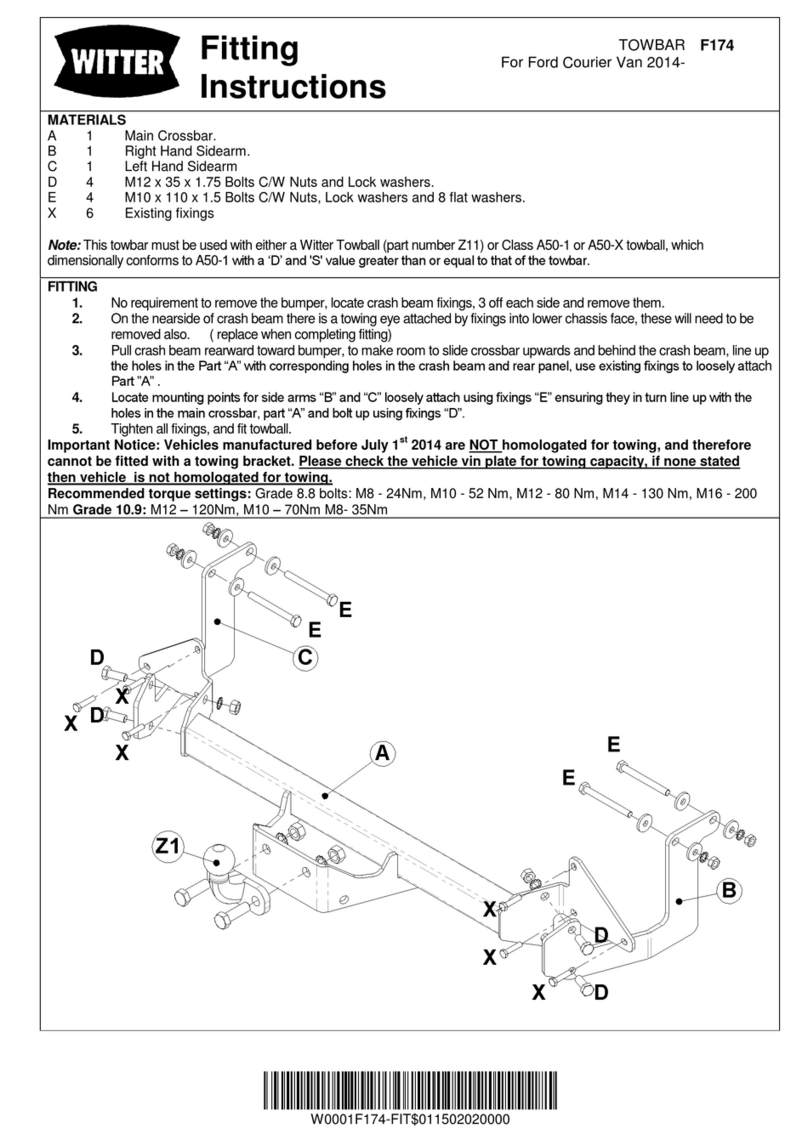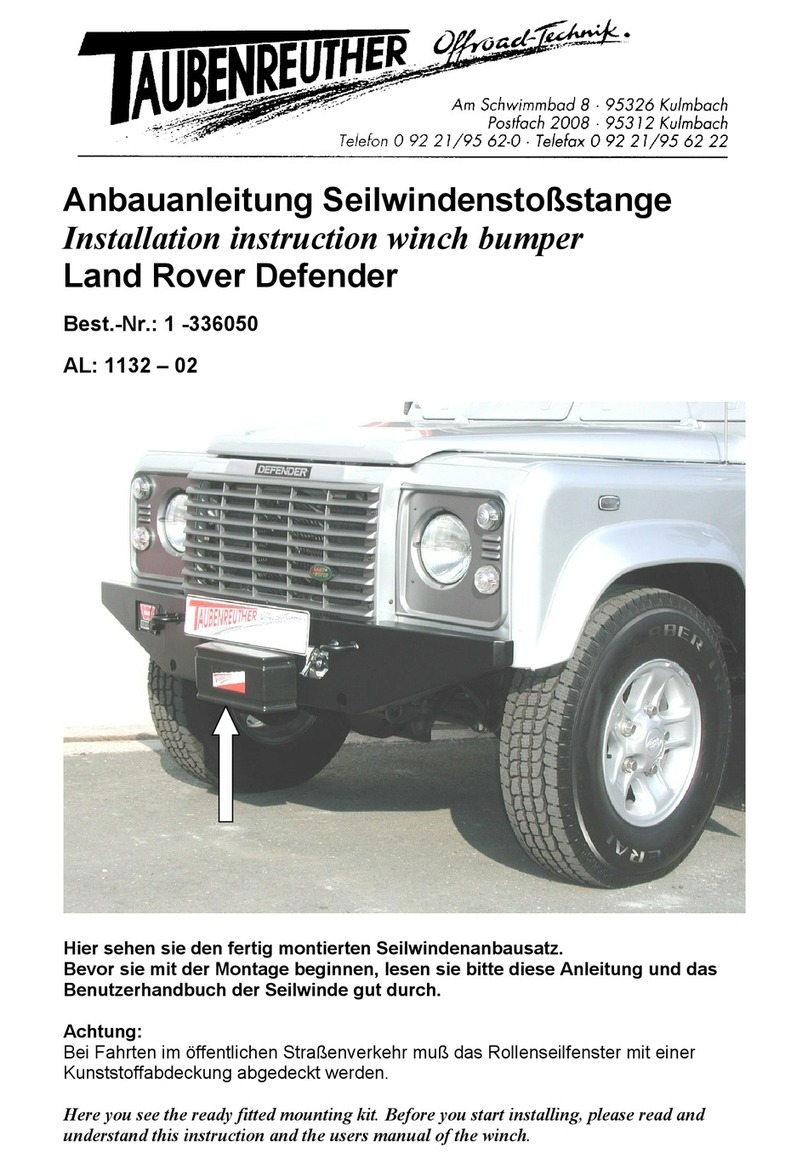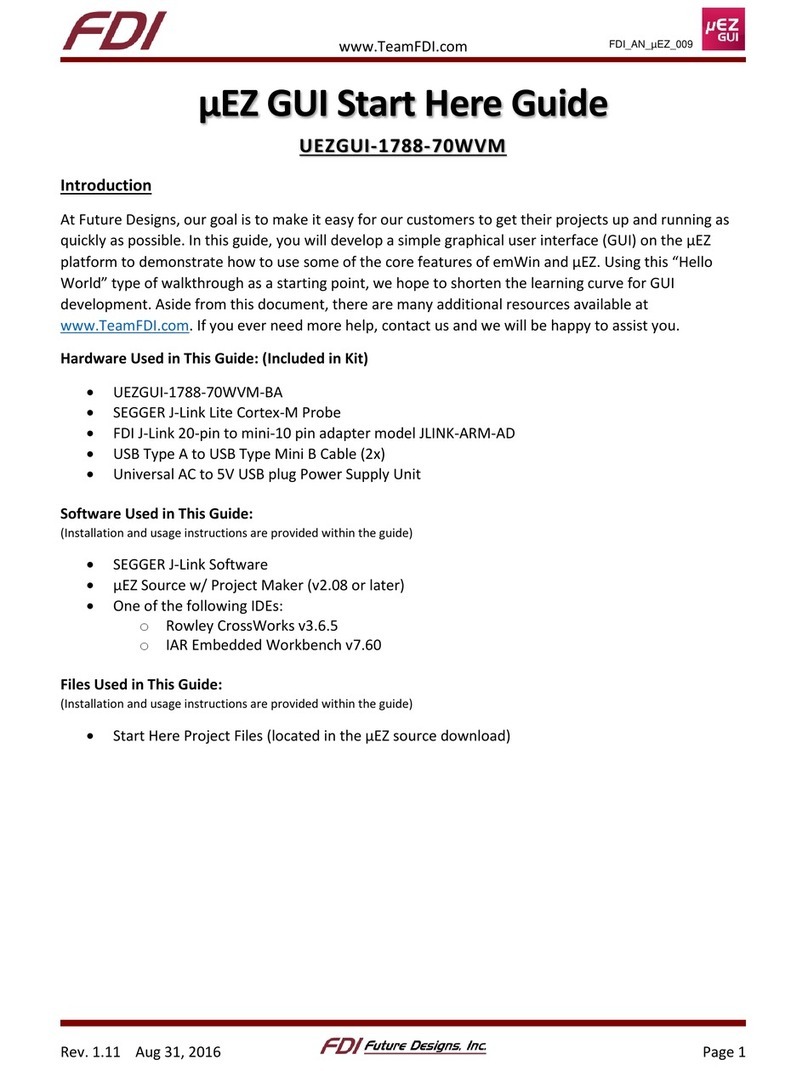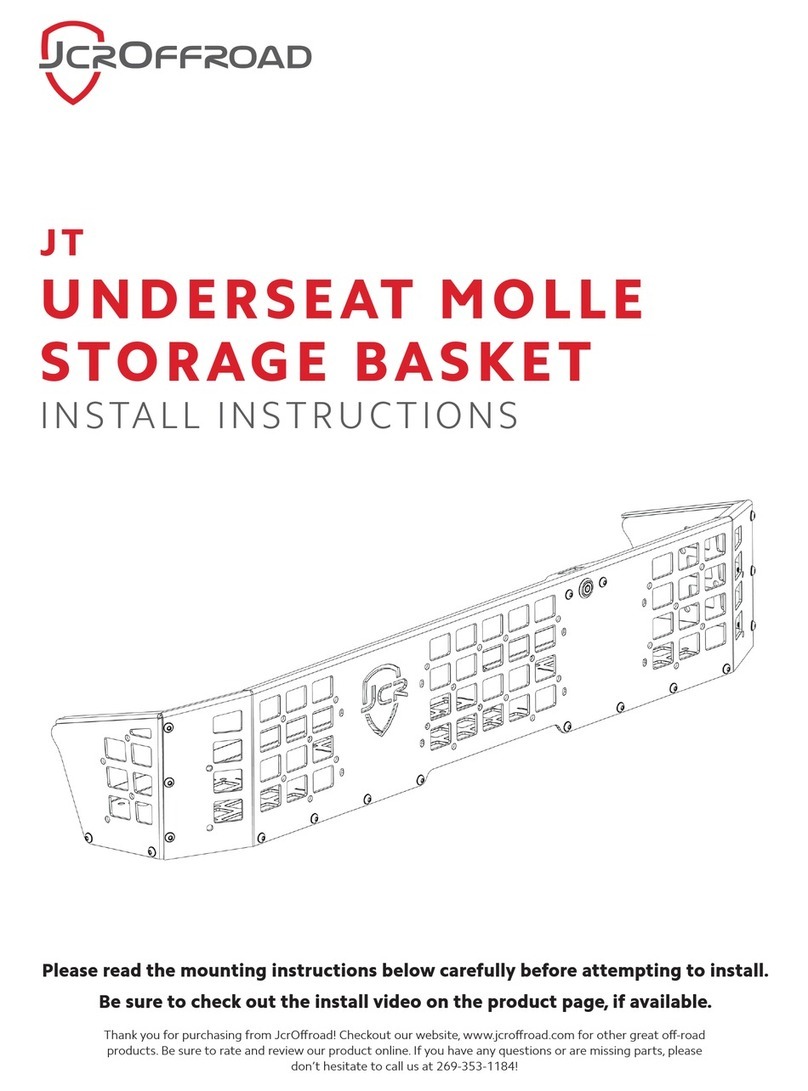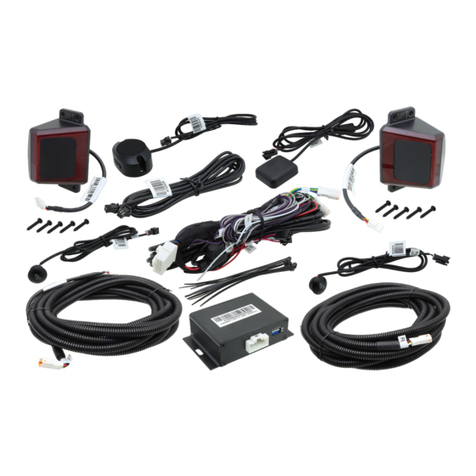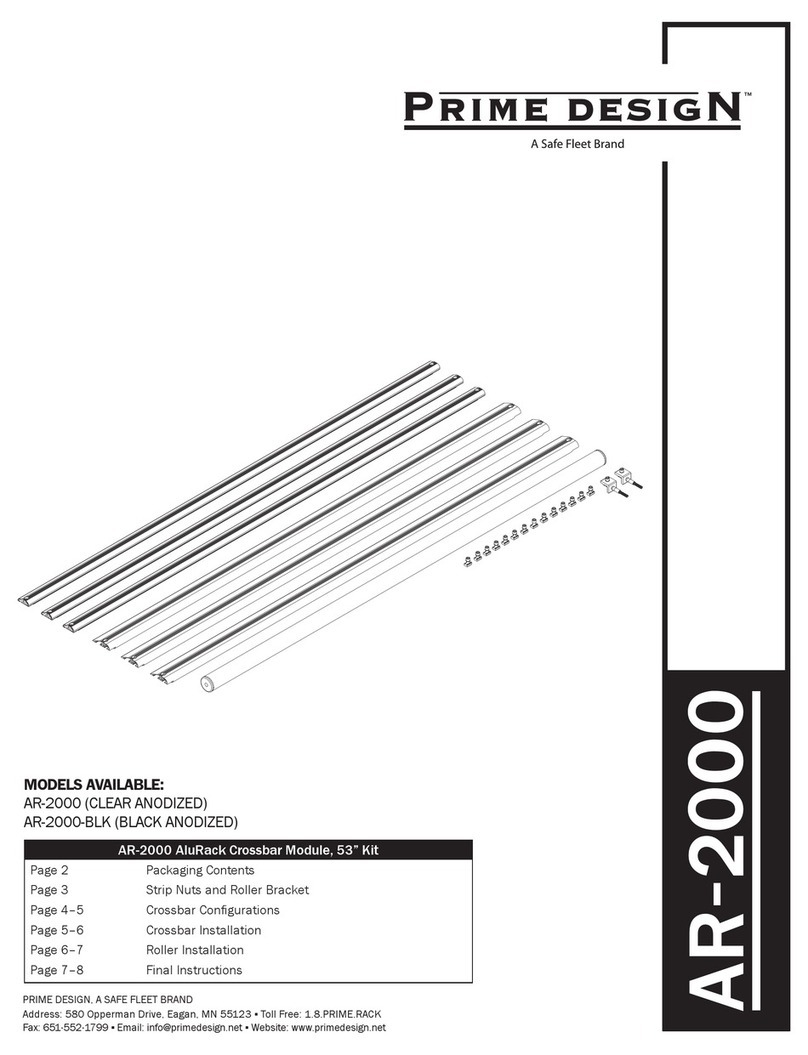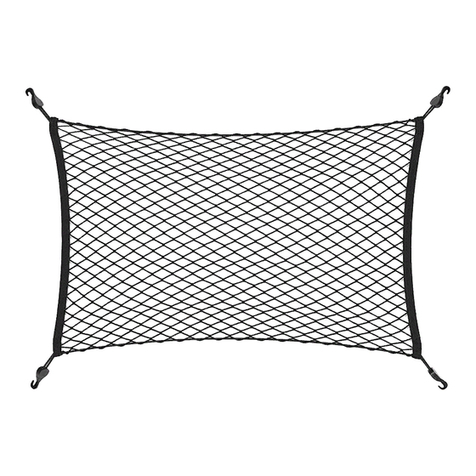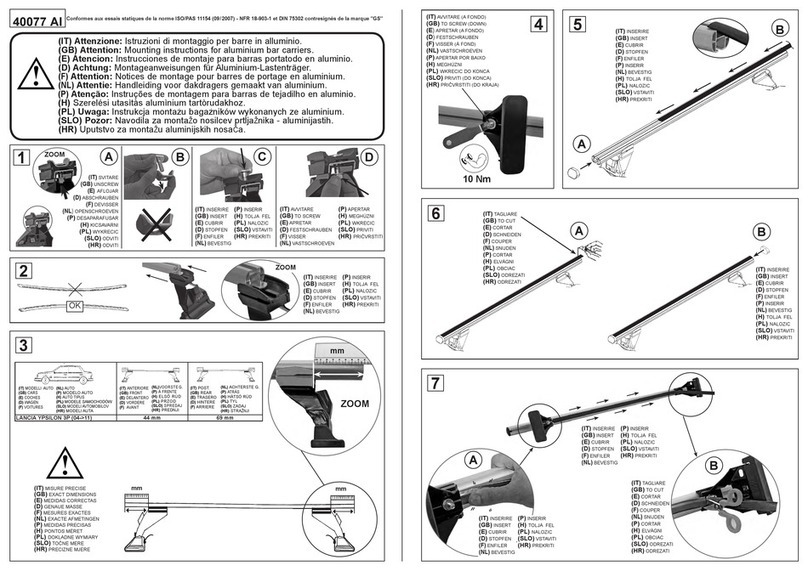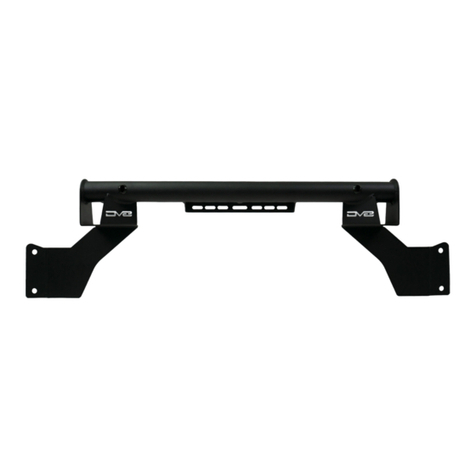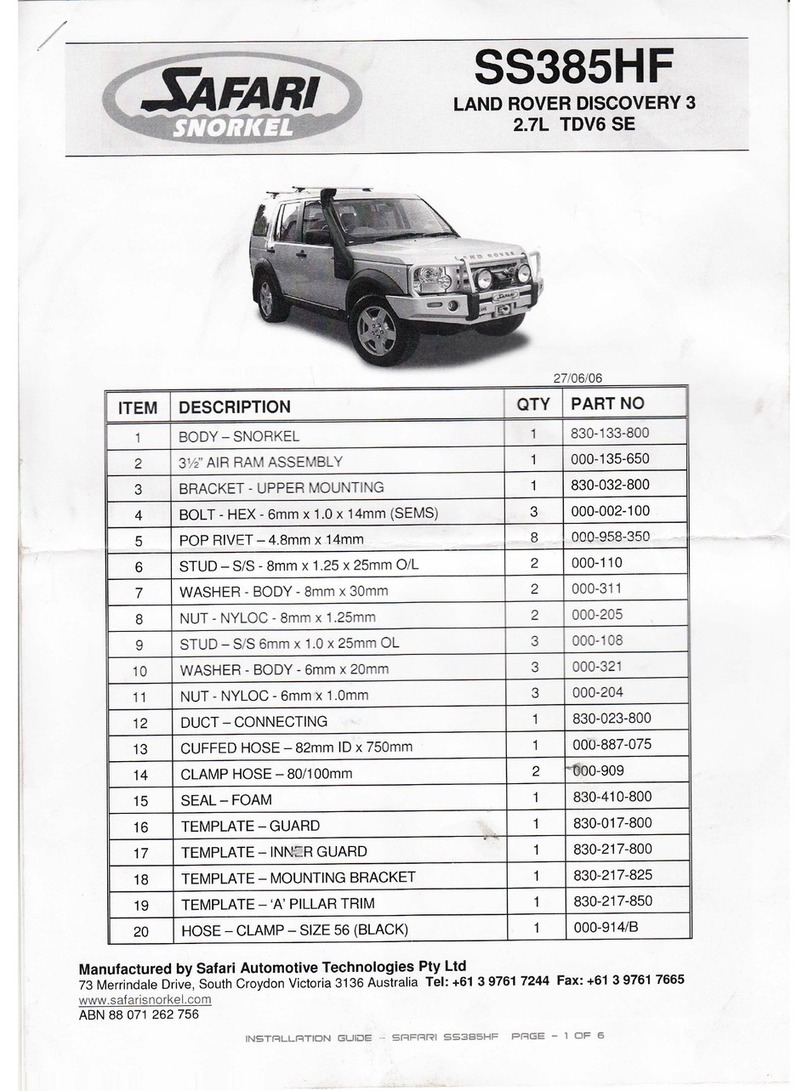7
USER’S MANUAL
ENGLISH
INFLATION PRESSURE IMPORTANCE
There is no doubt that pressure is the main factor that
directly affects tires performance.
Pressure excess
Tires do not absorb impacts,
producing cracks and dama-
ges; such as extreme wear in
the middle.
The tread surface is reduced
and the trim starts to slip resul-
ting the loss of traction.
Lack of pressure
It produces an increase in
bending movements. This
cause overheating, damages
in the fabric, steel wires and
separation of the tread; as well
as the extreme wear of the tire
shoulders.
How to understand pressure variance in
tires and the VIGIA electronic calibrator
Calibration:
AMBIENT
TEMPERATURE
Tires should be calibrated at ambient
temperature, according to the “loading
and pressure tables” provided by the
manufacturer.
The tire pressure may increase more
than 18% of the calibrated pressure due
to rolling temperature.
The VIGIA equipment will indicate this pressure
increase on the gauges. Its functioning is correct.
Never deate tires when there is an increase of
pressure caused by rolling.
Punctured tire:
In case of puncture the VIGIA
equipment will increase the pressure
to the cold calibrated pressure
without taking into account the
increase of pressure caused by
rolling.
For this reason, it is very important
to repair the tire damaged as soon
as possible.



